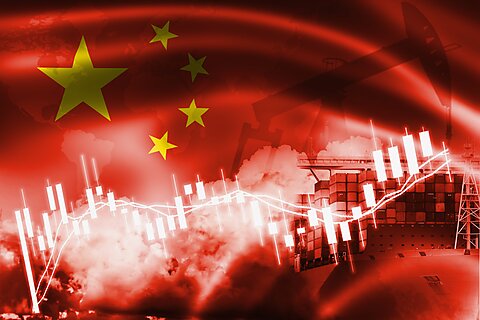In October 1994, I was a visiting scholar at Fudan University in Shanghai. During my stay, I gave a series of lectures and received the Chinese edition of Economic Reform in China: Problems and Prospects, originally published in 1990 by the University of China Press. My co-editor, Professor Wang Xi, arranged for my visit and the translation of our book into Mandarin. After 30 years, it seems an appropriate time to reflect on the visit.
Background
My first visit to Fudan University was in the summer of 1988, to lay the groundwork for a major conference in September cosponsored by Fudan University and the Cato Institute. The conference attracted a wide audience and featured speakers from the Mainland, Hong Kong, and Europe. There was widespread media coverage and a very open discussion of the problems and prospects for China’s transition to a more market-oriented system, which Deng Xiaoping helped initiate in December 1978.
We were fortunate to have Milton Friedman join us. He had been invited to receive an honorary professorship from Fudan, and he agreed to speak at our conference. His wife Rose accompanied him, as did his former student, Steven Cheung.
There were so many Chinese students and journalists who wanted to meet Friedman, that we arranged a press conference for him. He was treated like a rock star!
At the conference, Friedman spoke about “the miracle of the market” and concluded, “Peace and widely shared prosperity are the ultimate prizes of the worldwide use of voluntary cooperation as the major means of organizing economic activity.” After the conference, he traveled to Beijing to meet with Premier Zhao Ziyang, who was placed under house arrest following the Tiananmen uprising in the spring of 1989.
The crackdown on the nascent free market for ideas after Tiananmen delayed the Fudan University Press publication of Economic Reform in China. However, with Deng’s famous “Southern Tour” in 1992, economic liberalization began to emerge once again. When President Jiang Zemin invited Friedman to Beijing in 1993, there was an opportunity to publish the Chinese edition of our book, which appeared in September 1994.
I first saw the book in October 1994 during my visit to Fudan University. To my surprise, the front cover (below) showed the Great Wall of China juxtaposed with the Goddess of Liberty (a lasting symbol of the Tiananmen uprising).
Board Report, December 1994
The following is a lightly edited extract from my report to Cato’s Board of Directors regarding my visit to Fudan University, which took place October 11–18, 1994.
My optimism about China’s future, however, has diminished in light of Xi Jinping’s rise to power in 2012. He has reversed China’s liberalization progress and shut the door on a free market for ideas. In doing so, he has set up a roadblock on China’s path to a freer society. Nicholas Lardy, a leading China scholar at the Peterson Institute for International Economics, got it right in 2019 when he titled his book, The State Strikes Back.
China’s economic demise may well lead to a return to a more open society and economic liberalization, but not until new leaders emerge that value free trade in both goods and ideas and adhere to the principle of wu wei (nonintervention), so people are allowed to spontaneously create wealth under a just rule of law. Such a transformation will require knowledge of the institutional infrastructure of a market system.
The Institutional Infrastructure of a Market System
When I lectured at Fudan University in October 1994, it was an exciting place to be. The students were very interested to learn about the institutional framework supporting free markets, including the role of limited government, private property rights, the rule of law, free trade, and a robust market for ideas. I covered those and related topics in my three lectures. The students asked many questions and we had a lively, open discussion.
The following outline, which I handed out to students, indicates the wide array of topics covered.
I thank Wang Xi for his extraordinary help in organizing the 1988 conference, hosting me at Fudan University in 1994, and overseeing the Chinese edition of our book.
China’s Future
In 1994, it looked like China was on its way to a more open society and that the risk of retreating from that path was low. Thirty years later, we see a return to state-led development, industrial policy, protectionism, and a widespread crackdown on the market for ideas. Whether China can once again turn to market-liberal policies and limit the power of the state over the market remains to be seen. However, looking at past successes can give people hope that China’s future can be brighter.

